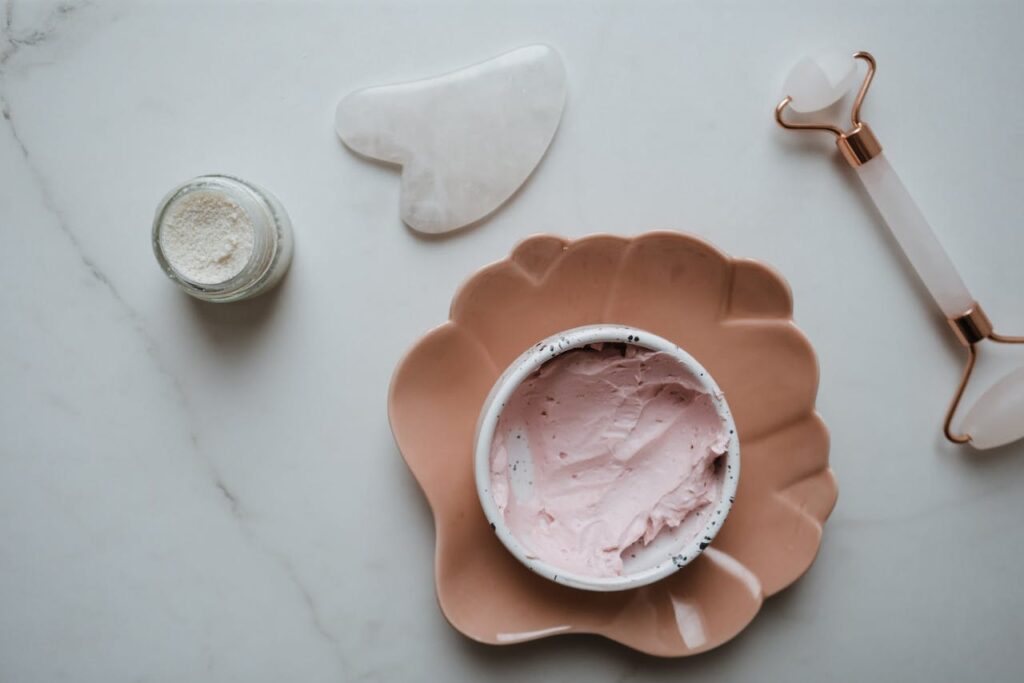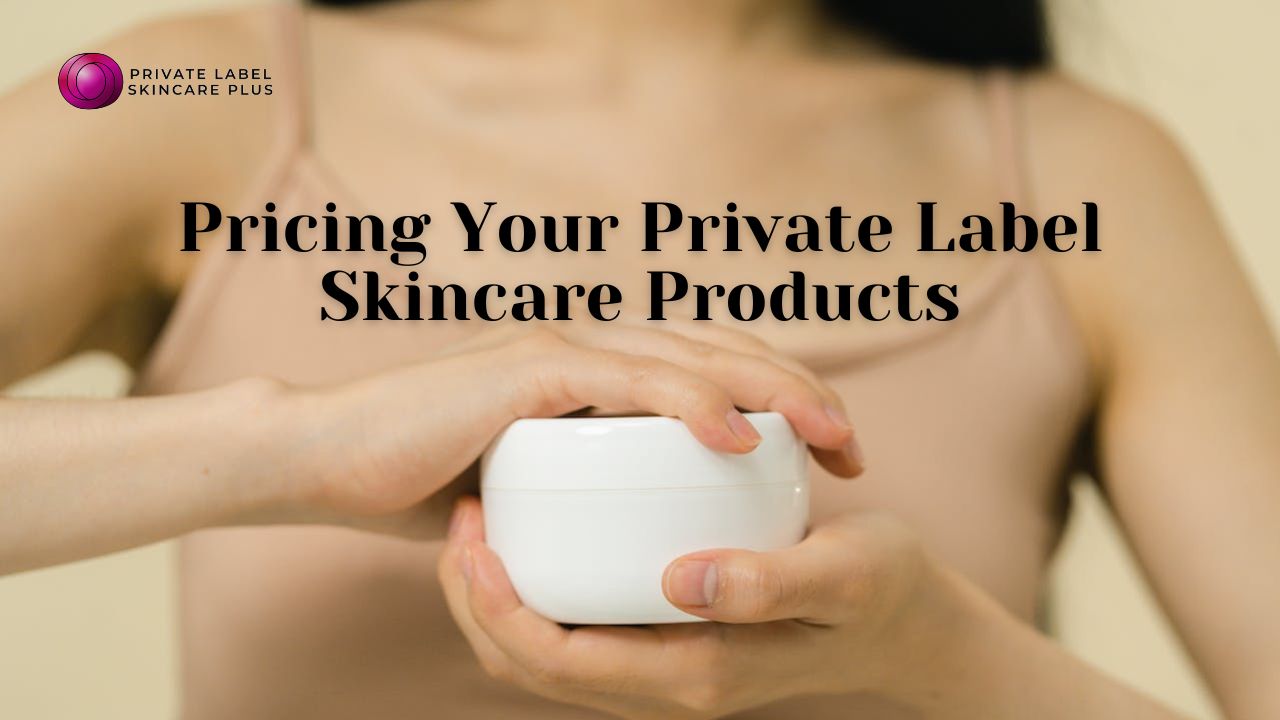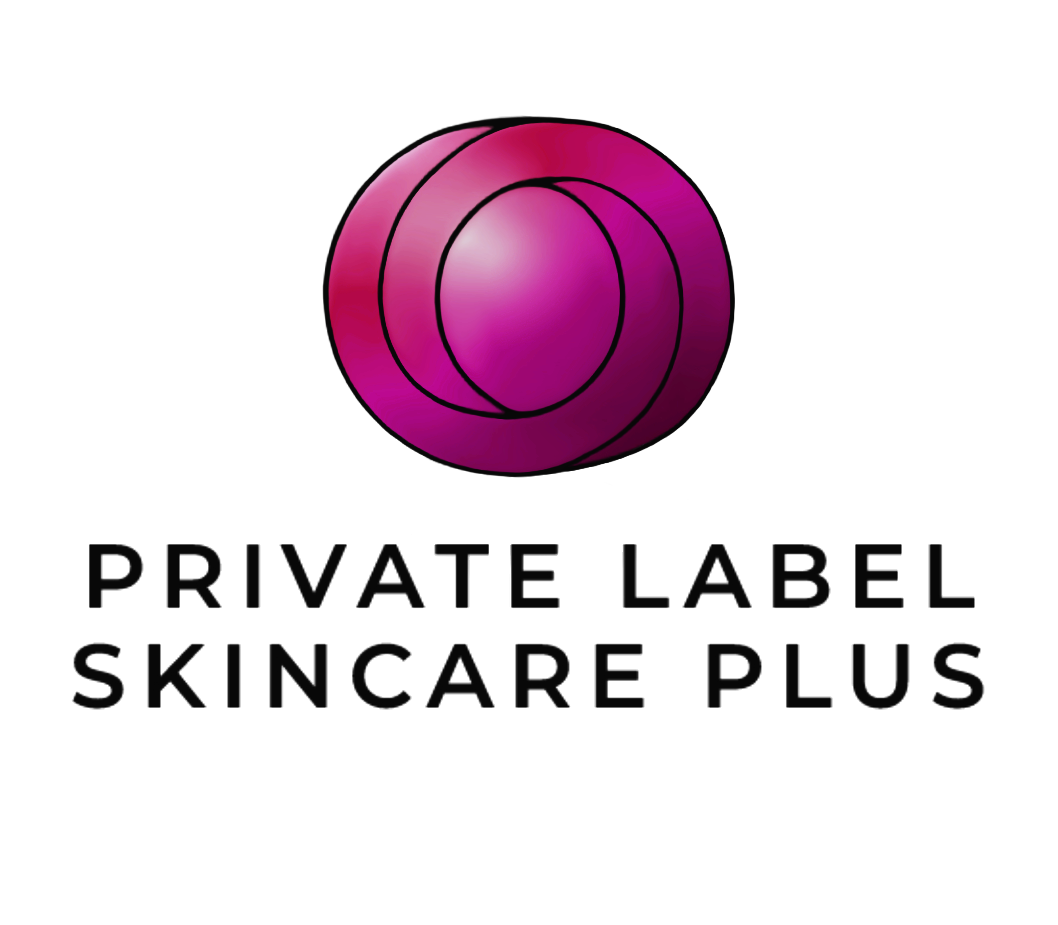In the vast landscape of the skincare industry, where every product vies for attention on crowded shelves, the price tag is more than a mere number – it’s a strategic decision that can make or break the success of private-label skincare products.
Welcome to the intriguing world of pricing strategy, where we unravel the mysteries behind determining the perfect price for your skincare creations. But why does pricing matter in the realm of private label skincare, and how can it be the game-changer for your products? Let’s embark on a journey to discover the art and science of pricing.
Step 1 – Understanding the Basics of Private Label Skincare Pricing
1.1 Defining Cost of Goods Sold (COGS)
Imagine pricing your skincare masterpiece without understanding the underlying costs – a recipe for financial disaster. Enter COGS, the cornerstone of pricing strategy. It includes raw materials, manufacturing costs, packaging expenses – all the elements that give your product life. Understanding COGS is like having a compass in the pricing wilderness, guiding you to a reasonable base price.
1.2 Establishing a Profit Margin
Profit margin is not just a financial metric; it’s the heartbeat of your business. By setting the right profit margin as a private label skincare manufacturer, you ensure the vitality of your venture. Explore the symbiotic relationship between profit margin and pricing and discover the sweet spot that spells financial success. Real-world examples will shed light on the profit margins that thrive in the private label skincare universe.
Step 2. Conducting Market Research
2.1 Identifying Target Audience
Who are you creating your skincare potions for? Understanding your audience is the key to unlocking pricing decisions that resonate. Dive into the significance of target audience analysis, learning their needs, preferences, and purchasing power. Uncover the secrets of effective market research, from surveys to competitor analysis, as you navigate the intricate web of customer expectations.
2.2 Analyzing Competitor Pricing
Your competitors are not just rivals; they are valuable mentors in the pricing classroom. Discover how competitor pricing serves as a benchmark, influencing how your private label skincare products are perceived in the market. Equip yourself with tools and techniques for competitor pricing analysis, and learn how to leverage this knowledge to position your creations strategically.

Step 3: Determining Pricing Strategies
3.1 Cost-Plus Pricing
Ever wondered how to ensure that every penny spent on creating your skincare elixir pays off? Cost-plus pricing is the answer. Delve into the world of adding a markup to your COGS to set a price that not only covers your expenses but also leaves room for growth. Uncover the advantages and potential pitfalls of this approach and understand when it’s the right strategy for your private label skincare line.
3.2 Value-Based Pricing
What if the value of your skincare creation transcends the sum of its ingredients? Welcome to value-based pricing, where the price is determined by the perceived value to the customer. Explore the psychology behind this approach, understanding when it’s the golden ticket to pricing success and when it might fall flat.
3.3 Competitive Pricing
In a market flooded with choices, how do you ensure your pricing stands out? Competitive pricing is the ace up your sleeve. Take a look at the nuances of setting prices based on similar products in the market. Learn when to play this card and when to fold as we explore the advantages and drawbacks of competitive pricing in the private-label skincare arena.
Step 4: Considering Additional Factors
4.1 Brand Positioning
Your brand is not just a name; it’s a melody that resonates with your audience. Search about the harmony between pricing and brand positioning, understanding how the two dance in tandem to influence customer loyalty and perception. Real-life examples will illuminate the profound impact of brand positioning on your pricing decisions.
4.2 Distribution Channels
The journey of your skincare creations doesn’t end with production; it continues through distribution channels. Understand how different channels – be it online sales, retail stores, or direct-to-consumer sales can influence your pricing strategy. Private label skincare companies must navigate the complexities of distribution channels and discover how they shape the price tags on their products.
4.3 Promotional Strategies
Promotions are the spice in the pricing recipe, especially for luxury private label skincare, but how do you use them judiciously? Delve into the role of promotional strategies, from discounts to coupons, in impacting perceived value and pricing. Real-world examples will guide you through the dos and don’ts of integrating promotions into your pricing strategy.
Conclusion
As we wrap up our exploration of the intricate world of pricing private label skincare products, remember – pricing is not a rigid formula but a dynamic dance. The decisions you make today will echo in the success of your products tomorrow. So, are you ready to take the reins of pricing and steer your private label skincare brand toward prosperity? The journey begins now. Apply these insights, experiment, and watch your creations not only grace the shelves but also find a place in the hearts of your customers.


